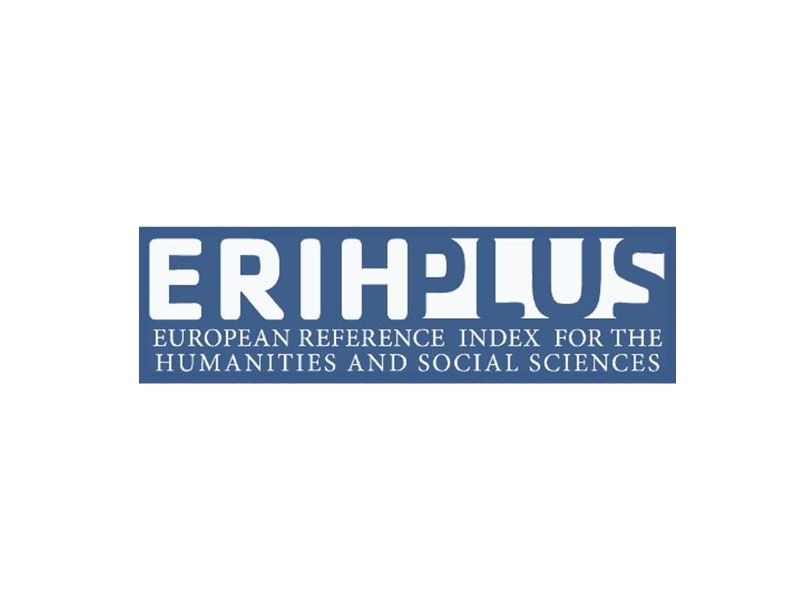That Which is Not: Philosophy as Entwinement of Truth and Negativity
Abstract
Plato’s dialectic of essence and appearance is not a two-world metaphysics of phenomenon and noumenon but a formal dualism of idea (eidos) and body (soma). This formal dualism provides the necessary precondition for materialist monism. By breaking Parmenides’ interdiction on thinking that which is not, Plato suspends the equation of thinking with being and winnows substance from idea. Concomitant with Plato’s metaphysics of negation is a certain negation of metaphysics understood as tautological iteration of the equivalence thinking: being. In acknowledging that what is not, somehow is, we are also bound to recognize that what is, somehow is not. Conversely, those brands of metaphysical materialism that deny non-being unwittingly consecrate the idealist fusion of thinking with being. Thus Plato’s exposure of the entwinement of being and non-being in thinking about what is harbors an instructive rejoinder to those contemporary sophists who deny the norm of truth in order to affirm the immanence of being.
References
Heidegger, Martin (2003). Plato’s Sophist. Trans. Richard Rojcewicz and André Schuwer.Bloomington: Indiana University Press.
Latour, Bruno (1993). The Pasteurization of France. Trans. Alan Sheridan and John Law. Cambridge, Mass.: Harvard University Press.
Miller, David (2006). Out of Error: Further Essays on Critical Rationalism. Farnham: Ashgate.
Noys, Benjamin (2010). The Persistence of the Negative: A Critique of Contemporary Continental Theory. Edinburgh: Edinburgh University Press.
Trissokas, Ioannis (2008). “Presuppositionless Scepticism.” Pli: The Warwick Journal of Philosophy 19: 100–126.
Copyright (c) 2013 Stasis

This work is licensed under a Creative Commons Attribution 4.0 International License.







